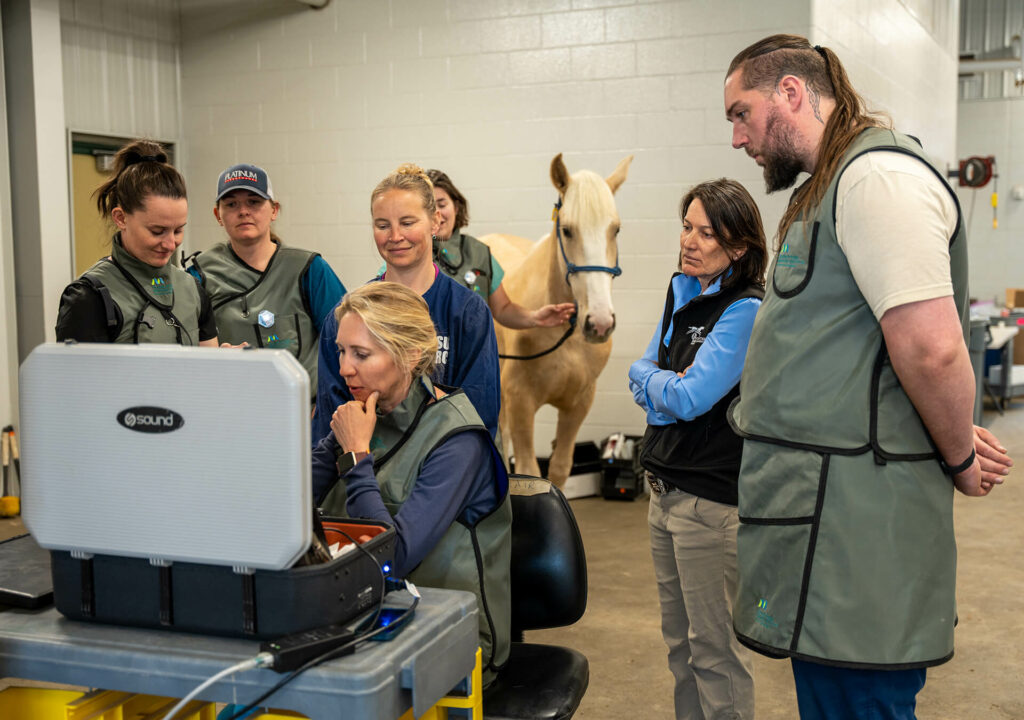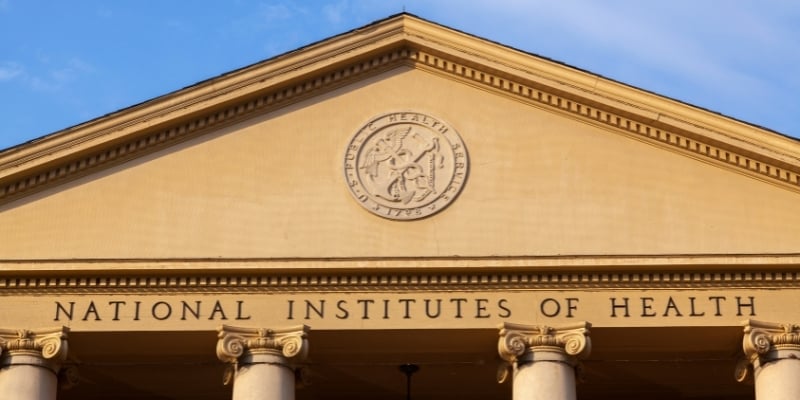A novel hypothesis is taking shape in the world of aging research: the idea that if everyone gets older, aging is inevitable, and chronic diseases multiply with age, then why not view aging as the problem to be investigated, rather than each disease or condition that develops
This idea is called “geroscience,” and it shifts the aim of research from “one disease at a time” to a holistic approach that places aging as a collection of merging biological, cognitive, societal, and behavioral factors. It’s a response to the graying of the world population.
In America, older adults are projected to outnumber children by 2035, creating a ticking clock for researchers to strengthen healthy aging outcomes.
Where Western stereotypes have normalized age-related declines as unavoidable, Colorado State University and its vast network of researchers take the geroscientific approach, emphasizing resilience and the ability to optimize outcomes following exposure to stress, be it in cells, brains, bodies, or even in the ways that cities are designed to support healthy lifestyles.
Cellular Aging
Between 60% and 70% of U.S. adults are familiar with the joint pain, stiffness, and swelling that come with osteoarthritis, a common disease of aging. Inflammation is a fundamental component of OA, causing the cartilage of joints to deteriorate and the protective cushion at the ends of bones to wear down.
In investigating OA, researchers have found short-term treatments that alleviate symptoms associated with the condition, but it’s been only in recent decades that progress toward a long-term cure for OA has advanced. Laurie Goodrich, an equine orthopaedic surgeon, and the team at the Orthopaedic Research Center at CSU are helping to lead that charge.
As a translational scientist, Goodrich, and her team at ORC, study companion animals, such as horses and dogs, as models for diseases that also afflict humans. Much of her career has centered on regenerative medicine to improve joint and bone repair, leading Goodrich to her role as the director of the center, which is housed within the C. Wayne McIlwraith Translational Medicine Institute.


Credit: Dane Aragon
She and collaborators at the University of North Carolina Gene Therapy Center have been instrumental in pioneering gene therapy approaches for OA by rewriting the code for proteins involved in the condition in horses, who also develop age-related OA and whose joint anatomy is remarkably similar to humans.
“We know that there are proteins that are essential to have in the joint to decrease inflammation and to help heal the joint. For decades now, we have been modifying the cells of the joint so that they can produce these proteins of interest themselves,” Goodrich said.
Gene therapies in Goodrich’s horses have taken effect in as little as two weeks, and researchers predict they will relieve the arthritic horses for many months, if not years. In the long term, researchers hope to reduce or even reverse osteoarthritis, which could improve the quality of life of people who suffer from OA and lower their risk of developing other age-related diseases.
The center is working on two projects funded by the U.S. Department of Defense to transition the equine OA therapy to human clinical trials involving post-injury soldiers, who are more likely to develop OA as they age.
While Goodrich’s work serves as one example of how CSU researchers are slowing and reversing cellular aging, others are interested in examining the brain for its resilient qualities.
The Brain on Nature
Assistant Professor Sara LoTemplio found her guiding research question in 2022 while on a 211-mile hike with her mother.
“A lot was going on at this time in my personal life,” LoTemplio said. “I had finished my Ph.D. and was starting my position here at CSU in August. And I also, unfortunately, lost my maternal grandmother to Alzheimer’s after several years of battling the disease. My grandmother’s passing was really upsetting to my family, especially my mother. And so, I found myself planning a long hike for the two of us.”
Somewhere along the John Muir Trail in California, LoTemplio began making connections between her prior research about nature’s influence on cognition and her grandmother’s Alzheimer’s diagnosis.
“As I was walking up and down the mountains, I could feel my attention span improving, like this mental fog I had was slowly lifting from my brain. And I started wondering if what we were doing at that very moment might also help prevent this other looming threat: Alzheimer’s disease,” LoTemplio said.
After all, LoTemplio had learned from her studies that younger adults who spend time in nature could improve their attention and cognitive control, two of the first abilities that cognitive aging affects. While it seems fitting that older adults would experience similar benefits, little existing research investigates nature exposure as a strategy to prevent cognitive decline.
Equipped with startup funding in her new role in the human dimensions of natural resources department, LoTemplio crafted her lab’s mission around filling this underexplored gap in the literature. She hopes to investigate which kinds of outdoor environments are better for reducing stress and mental fatigue. Determining the effective “dose” needed to experience benefits from nature is a significant research question that will drive her discoveries.
The former is a concept that also fascinates David Rojas-Rueda, an assistant professor of environmental and radiological health sciences, in his quest to design cities that support healthy aging.

A Better Built Environment
The graying of the world is due to forecasts, like those by the World Health Organization, that humans will live longer and have fewer children in the coming decades. This trend, also known as population aging, means that “right now is the moment to improve the built environment to prepare for those aging communities,” says Rojas-Rueda, who also directs the Rojas Public Health Lab at CSU.
The focus of his research is environmental epidemiology, with a particular interest in modeling how cities can enhance their urban planning practices to promote better health and quality of life for their residents. A key area of interest in Rojas-Rueda’s studies is the concept of urban sprawl, which refers to the negative effects of overpopulation in cities, such as housing shortages, urban expansion, and increased dependence on cars.
“If we have the infrastructure and the proximity to a destination that we want to go, we will probably be more active, and that will have benefits not only individually, but also for the broader population of people living in that city,” Rojas-Rueda said, “because there will be less air and noise pollution, more social interaction, and many other components of health that will modify the prevalence of disease.”
For adults especially, the benefits of a well-built environment – with access to sidewalks, bike paths, public transportation, and green spaces – might be more effective. With age, adults become more biologically susceptible to air and noise pollution and sedentariness that often accompany urban sprawl. Even a slight boost in physical activity or air quality, Rojas-Rueda says, “will provide huge benefits to older adults; more so than in younger populations.”
Researchers in the Rojas Public Health Lab are examining how mortality and disease risk are modified simply by planting more trees to mitigate climate change; or how physical activity levels are affected when common destinations – such as work, school, or grocery stores – are built within a 15-minute walk or bike ride from any point in a city.
Whether measured through a microscope or cityscape, the impact of age-related stress is ever evolving. CSU researchers illustrate how comprehensive, proactive interventions will improve quality of life and longevity – perhaps more than a single solution – to promote resiliency in aging.






